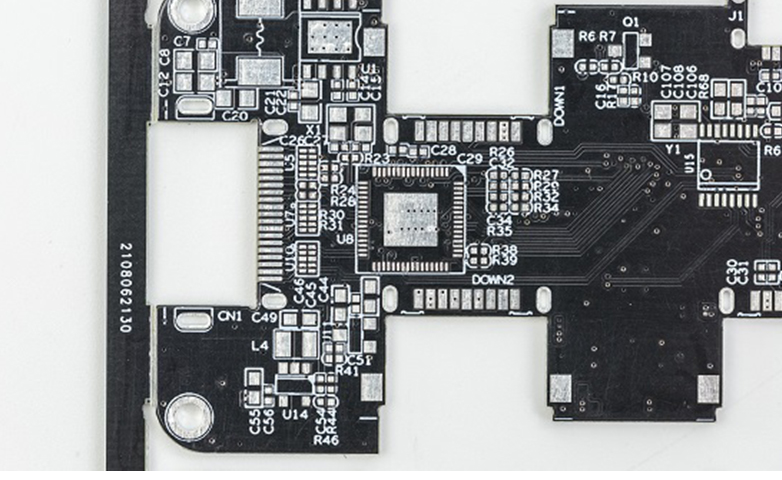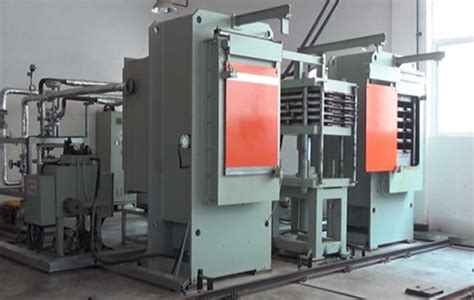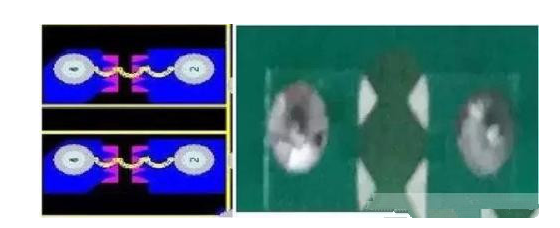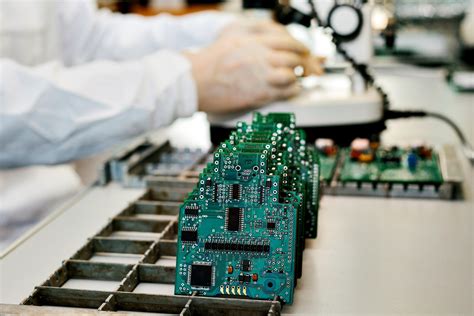Comprehensive Utilization of PCB Plating Waste Liquid: Methods and Benefits
Abstract
Printed Circuit Board (PCB) manufacturing generates significant amounts of plating waste liquid containing heavy metals, acids, alkalis, and organic compounds. Improper disposal poses severe environmental and health risks. This paper explores various methods for the comprehensive utilization of PCB plating waste liquid, including metal recovery, chemical treatment, and resource recycling. By adopting these techniques, industries can reduce environmental pollution, recover valuable metals, and promote sustainable development.
1. Introduction
The electronics industry relies heavily on PCBs, which require electroplating processes to deposit metals such as copper, nickel, gold, and tin. These processes generate large volumes of waste liquid containing toxic substances. Traditional disposal methods, such as landfilling and incineration, are inefficient and environmentally harmful. Therefore, developing effective strategies for the comprehensive utilization of PCB plating waste is crucial for environmental protection and resource conservation.

2. Composition of PCB Plating Waste Liquid
PCB plating waste liquid typically contains:
- Heavy metals (Cu, Ni, Au, Ag, Pb, Sn)
- Acids and alkalis (sulfuric acid, hydrochloric acid, sodium hydroxide)
- Organic additives (complexing agents, brighteners, surfactants)
- Suspended solids and sludge
The high toxicity and corrosiveness of these components necessitate proper treatment before disposal or reuse.
3. Methods for Comprehensive Utilization
3.1 Metal Recovery
(a) Electrolytic Recovery
- Copper Recovery: Electrolysis is widely used to recover copper from acidic or alkaline plating waste. By applying an electric current, copper ions are reduced and deposited onto cathodes, yielding high-purity copper.
- Precious Metal Recovery: Gold and silver can be recovered via selective electrolysis or chemical precipitation.
(b) Chemical Precipitation
- Metals can be precipitated as hydroxides or sulfides using reagents such as NaOH, Na₂S, or ferrous salts.
- Example: Cu²⁺ + 2NaOH → Cu(OH)₂↓ + 2Na⁺
(c) Ion Exchange and Adsorption
- Ion exchange resins selectively capture metal ions from waste liquid.
- Adsorbents like activated carbon or biochar are effective for low-concentration metal recovery.
3.2 Neutralization and Reuse of Acids/Alkalis
- Acidic and alkaline waste streams can be neutralized to form salts and water.
- Example: H₂SO₄ + 2NaOH → Na₂SO₄ + 2H₂O
- Recovered salts (e.g., Na₂SO₄) can be reused in other industrial processes.
3.3 Advanced Oxidation Processes (AOPs)
- Organic pollutants in plating waste can be degraded using AOPs such as Fenton’s reagent, ozone, or UV/H₂O₂ treatment.
- These methods break down complex organics into harmless CO₂ and H₂O.
3.4 Membrane Filtration
- Ultrafiltration (UF) and reverse osmosis (RO) can separate heavy metals and organic compounds from wastewater.
- The purified water can be recycled back into the plating process.
3.5 Sludge Treatment and Solidification
- Metal-rich sludge can be solidified using cement or thermoplastic processes to prevent leaching.
- Treated sludge may be used in construction materials (e.g., bricks, aggregates).
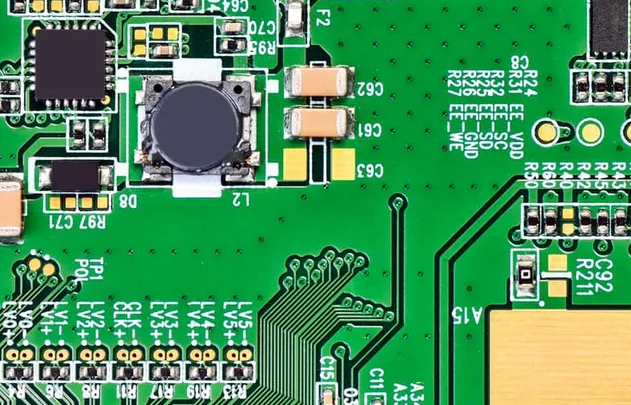
4. Environmental and Economic Benefits
- Reduction in hazardous waste disposal costs
- Recovery of valuable metals (Cu, Au, Ni) for resale
- Water recycling reduces freshwater consumption
- Compliance with environmental regulations (e.g., RoHS, WEEE)
5. Case Studies
- Case 1: A PCB manufacturer in China implemented electrolytic copper recovery, reducing waste disposal costs by 40%.
- Case 2: A Japanese company adopted ion exchange technology, achieving 95% metal recovery efficiency.
6. Challenges and Future Prospects
- Challenges: High operational costs, sludge disposal issues, and regulatory complexities.
- Future Trends: Development of low-cost adsorbents, AI-driven waste treatment optimization, and zero-liquid discharge (ZLD) systems.
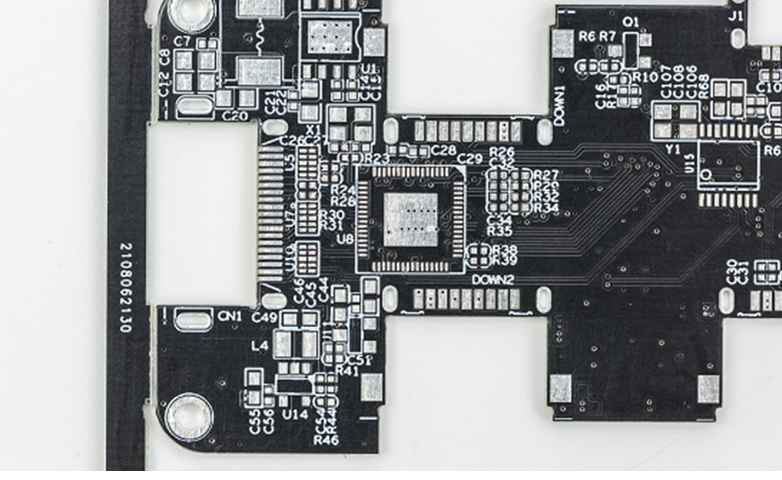
7. Conclusion
The comprehensive utilization of PCB plating waste liquid is essential for sustainable electronics manufacturing. By adopting metal recovery, chemical treatment, and advanced purification technologies, industries can minimize environmental impact while maximizing resource efficiency. Future research should focus on cost-effective and scalable solutions to enhance waste recycling rates globally.

